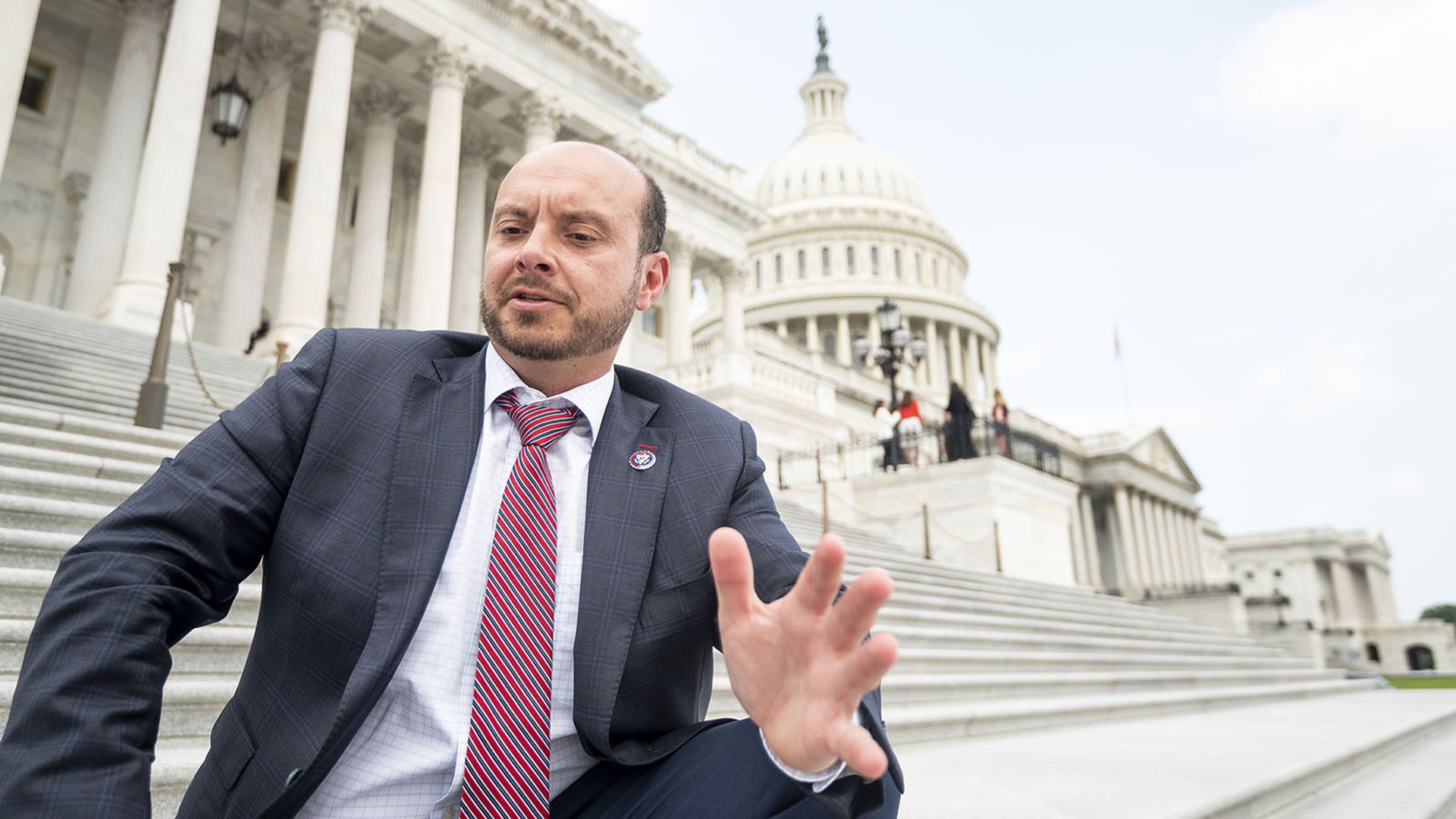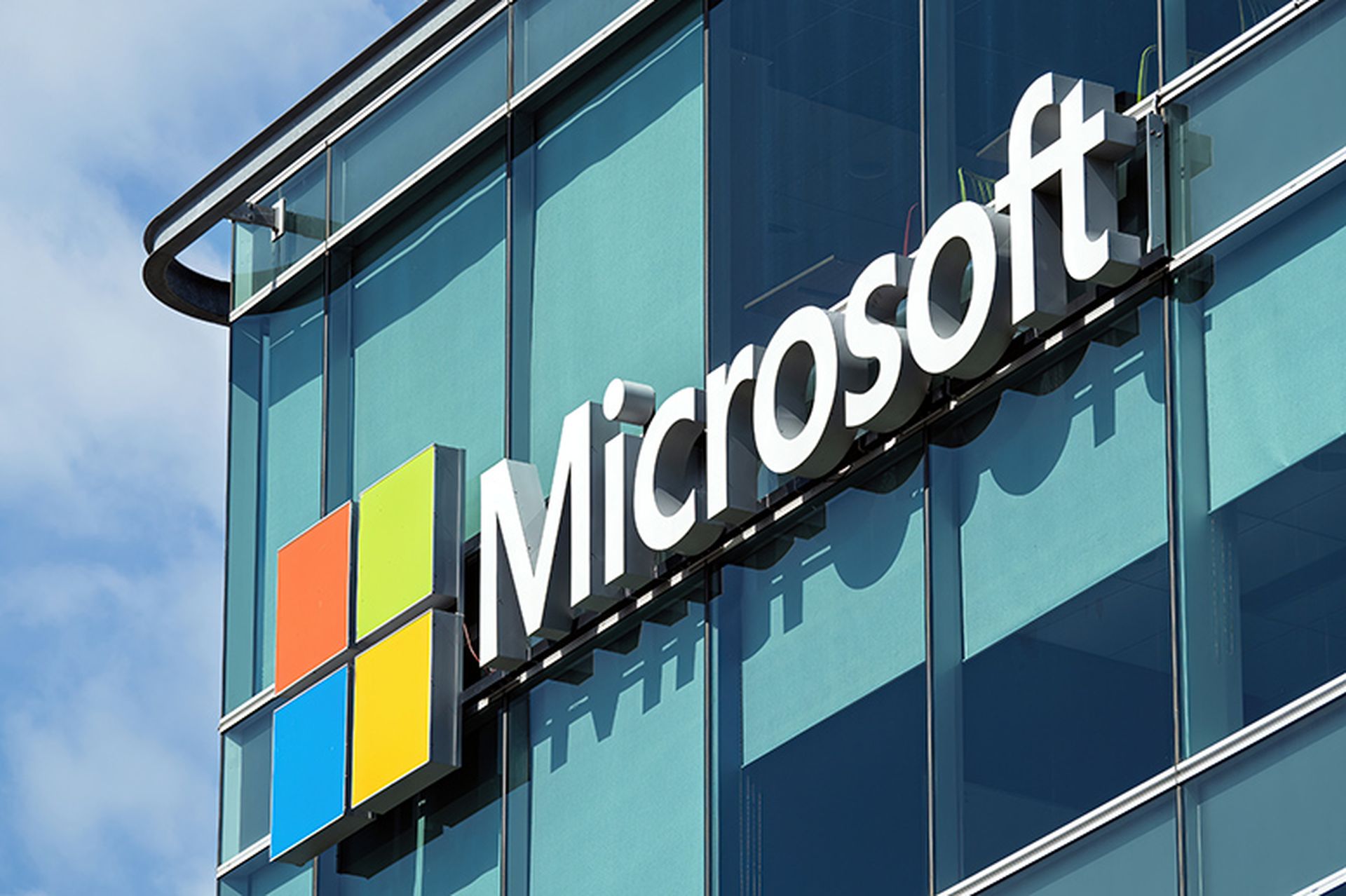Network Security, Governance, Risk and Compliance
Experts fret over fate of CISA cyber programs as shutdown clouds loom

Rep. Andrew Garbarino, R-N.Y., chair of the House Homeland Security Subcommittee on Cybersecurity and Infrastructure Protection, chaired a hearing Tuesday examining the health of two cybersecurity programs managed by CISA. (Photo by Bill Clark/CQ-Roll Call, Inc via Getty Images)
Lawmakers on Capitol Hill are reexamining a pair of cybersecurity programs managed by the Cybersecurity and Infrastructure Security Agency in the wake of multiple hacks hitting the federal government over the past year, while outside experts warned that a possible government shutdown could harm the government’s ability to protect itself from malicious hackers.Both issues were front and center during a Tuesday hearing of the House Homeland Security’s cyber subcommittee. In opening remarks, Rep. Andrew Garbarino, chair of the subcommittee, said that while agency leaders are still ultimately responsibility for individual agency security, CISA and the tools it offers have “the potential to make a real impact on federal network security.”“Whether CISA acts as a service provider or an advisor towards other agencies is a fundamental question, and Congress and CISA must both be consistent in how they approach it across CISA’s many missions and programs,” he said.The hearing focused on two longstanding CISA programs: Continuous Diagnostics and Mitigation, which centralizes the way civilian federal agencies monitor and track devices connecting to federal networks, and EINSTEN, an automated system meant to monitor federal network traffic for malicious activity.In the early years of CISA and under its predecessor agency, the National Protection and Programs Directorate, CDM and EINSTEIN often played central roles in the agency’s cybersecurity mission and messaging. They were touted by top officials as advanced systems that would help the federal government secure its networks and systems and beat back malicious hackers from China, Russia and other foreign adversaries seeking to steal government secrets.However, the image of both programs may have taken a hit over the years as they seemingly failed to detect or prevent numerous breaches from nation-state hacking groups.A breach of Microsoft’s cloud email system discovered in July was first identified by the State Department, according to POLITICO. That breach wound up giving hackers affiliated with the Chinese government access to the emails of high-level federal officials at State, as well as Secretary of Commerce Gina Raimondo, among others.One month earlier, numerous federal agencies, including the Department of Energy, that relied on the MOVEit file transfer service were breached using the same software supply chain vulnerability that the Cl0p extortion group used to swipe the data of hundreds (and perhaps more) of private businesses. CISA officials have publicly downplayed the impact of that breach. The discovery that federal agencies were impacted occurred after the MOVEit vulnerability and its impacts were widely reported by private threat intelligence providers. Michael Duffy, associate director for capacity building at CISA, has said the agency used CDM to analyze "near real-time agency dashboard reports to coordinate targeted notifications for the MOVEit Transfer vulnerability and understand prevalence within minutes."“While this perimeter security function is important, it is not sufficient for a cybersecurity program given the current threat landscape and the ability of bad actors to evade many perimeter security mitigations,” Garbarino said in his opening statement. “What’s more, EINSTEIN has faced longstanding downsides, including limitations in detecting and preventing encrypted traffic, and focusing on what we already know is malicious traffic.”Private sector witnesses had a number of suggestions for Congress, from expanding programs like CDM to encompass Internet of Things devices and operational technology leveraged by critical infrastructure to relying more on endpoint detection and response technologies to spot malicious activity not captured by existing programs.The Biden administration has also requested $425 million in its latest proposed budget for another system, the Cyber Analytics and Data System (CADS), that would eventually absorb EINSTEIN, but committee leaders said they have received few details or specifics on how the new system would operate, other than that it would use automation to analyze classified and unclassified data — including new mandatory incident reporting data from critical infrastructure — to discover more novel threats.
An In-Depth Guide to Network Security
Get essential knowledge and practical strategies to fortify your network security.
Related Events
Get daily email updates
SC Media's daily must-read of the most current and pressing daily news
You can skip this ad in 5 seconds



